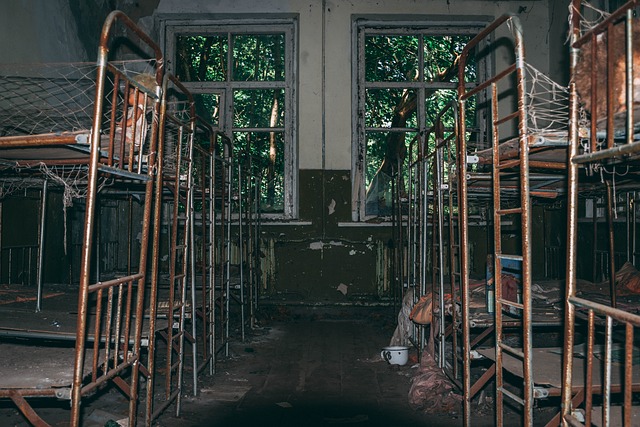In the real estate industry, addressing environmental risks through data analysis and modern technologies is crucial for successful investing and development. Combining historical data with innovations like green infrastructure, durable materials, and smart technology makes structures more resilient to threats like flooding, extreme weather, and climate change. Structural reinforcements, such as coastal property transformations and seismic retrofitting, further protect properties while preserving architectural heritage. These proactive measures not only safeguard investments but also foster the construction of adaptable, sustainable communities.
In today’s digital era, understanding environmental threats is paramount for real estate professionals. This article delves into critical strategies for reinforcing structures against these challenges. From identifying vulnerabilities unique to various property types to exploring innovative solutions, we provide a comprehensive guide. Through case studies, we demonstrate successful implementations of structural reinforcements, offering valuable insights for navigating the complex landscape of environmental risks in real estate.
Understanding Environmental Threats in Real Estate

In the real estate sector, understanding environmental threats is paramount for investors and developers alike. These threats can manifest in various forms, from natural disasters like floods and earthquakes to man-made challenges such as pollution and climate change impacts. By thoroughly assessing these risks, professionals can make informed decisions that ensure the longevity and sustainability of properties.
Real estate practitioners must delve into comprehensive risk analysis, incorporating historical data and cutting-edge technologies to predict and mitigate potential environmental threats. This proactive approach not only safeguards investments but also fosters the development of resilient communities capable of withstanding the tests of time and changing climates.
Strategies to Reinforce Structures Against These Threats

In the face of environmental threats, real estate developers and urban planners must adopt innovative strategies to reinforce structures and ensure resilience. One key approach is integrating green infrastructure, such as permeable surfaces, green roofs, and rain gardens, which help mitigate flooding and absorb excess stormwater. Additionally, utilizing durable materials like concrete, steel, and energy-efficient windows can enhance building resistance to extreme weather events.
Smart technology plays a pivotal role in this regard. Implementing sensors and automated systems allows for real-time monitoring of structural integrity and environmental conditions. These technologies enable proactive measures, such as adjusting ventilation to minimize heat island effects or activating storm drainage systems during heavy rainfall. By combining traditional construction methods with modern innovations, the industry can create more sustainable and resilient structures.
Case Studies: Successful Implementation of Structural Reinforcements

In recent years, several real estate developers and urban planners have successfully implemented structural reinforcements as a proactive measure against environmental threats. One notable case study is the transformation of coastal properties in vulnerable regions. By enhancing building foundations with advanced reinforcement techniques, such as steel plating and deep pilings, these projects have stood strong against extreme weather events like hurricanes and floods. This not only ensures the safety and longevity of structures but also mitigates potential ecological disasters.
Another inspiring example is the retrofitting of historic buildings in urban centers to withstand seismic activity. Through meticulous planning and the use of modern materials, these renovations have preserved architectural heritage while incorporating robust structural reinforcements. Such successful implementations highlight the effectiveness of strategic interventions, demonstrating that balancing environmental stewardship and infrastructure development is achievable through innovative approaches in the real estate sector.






